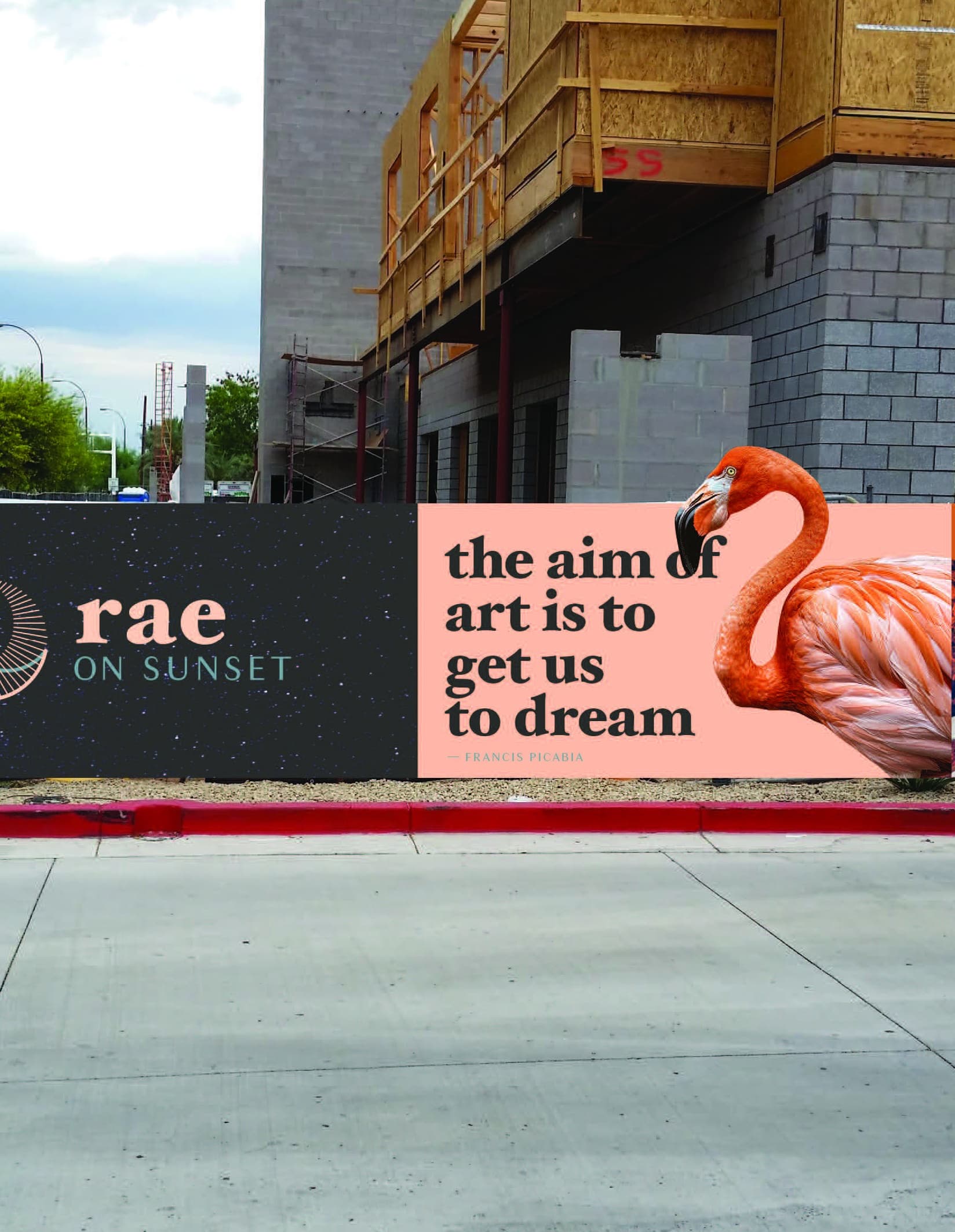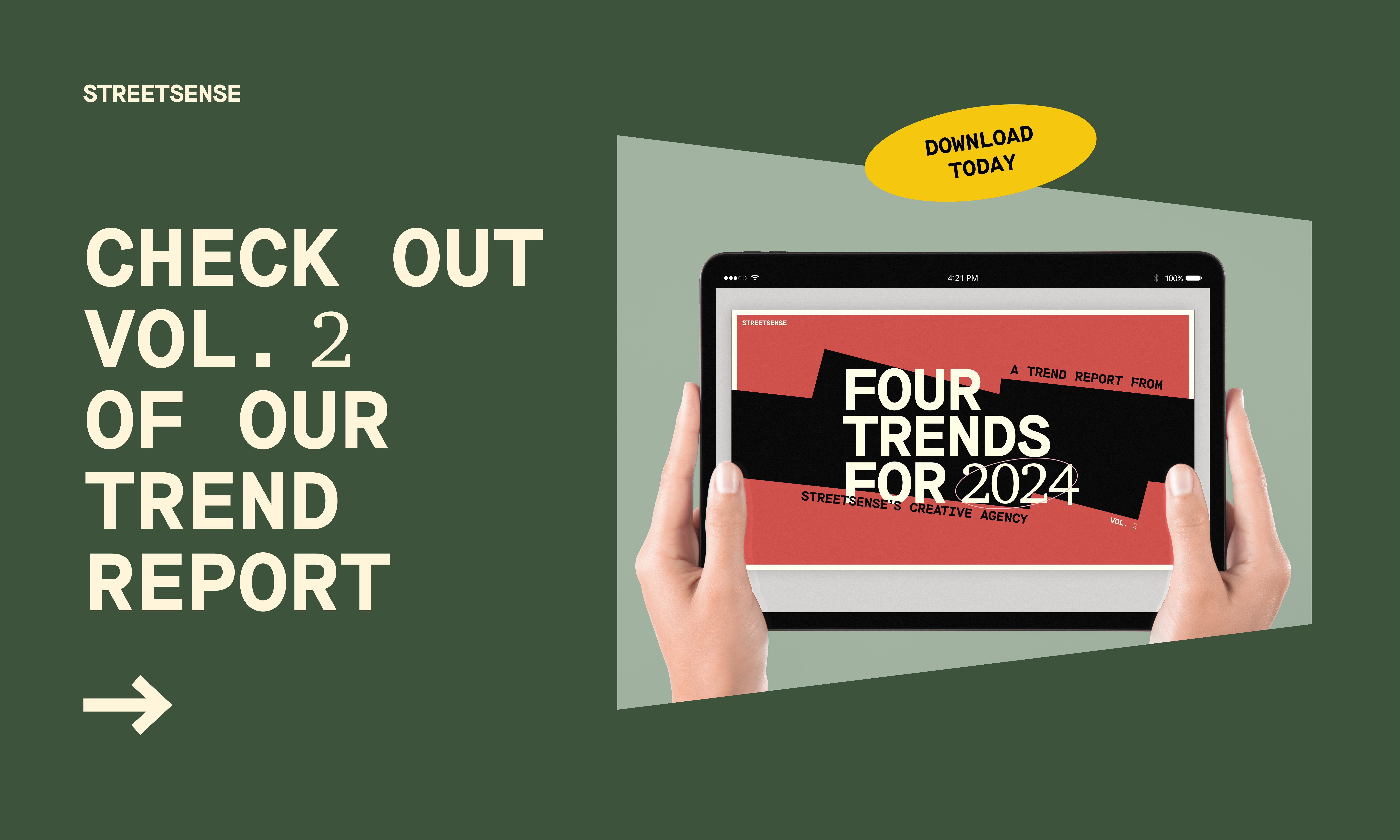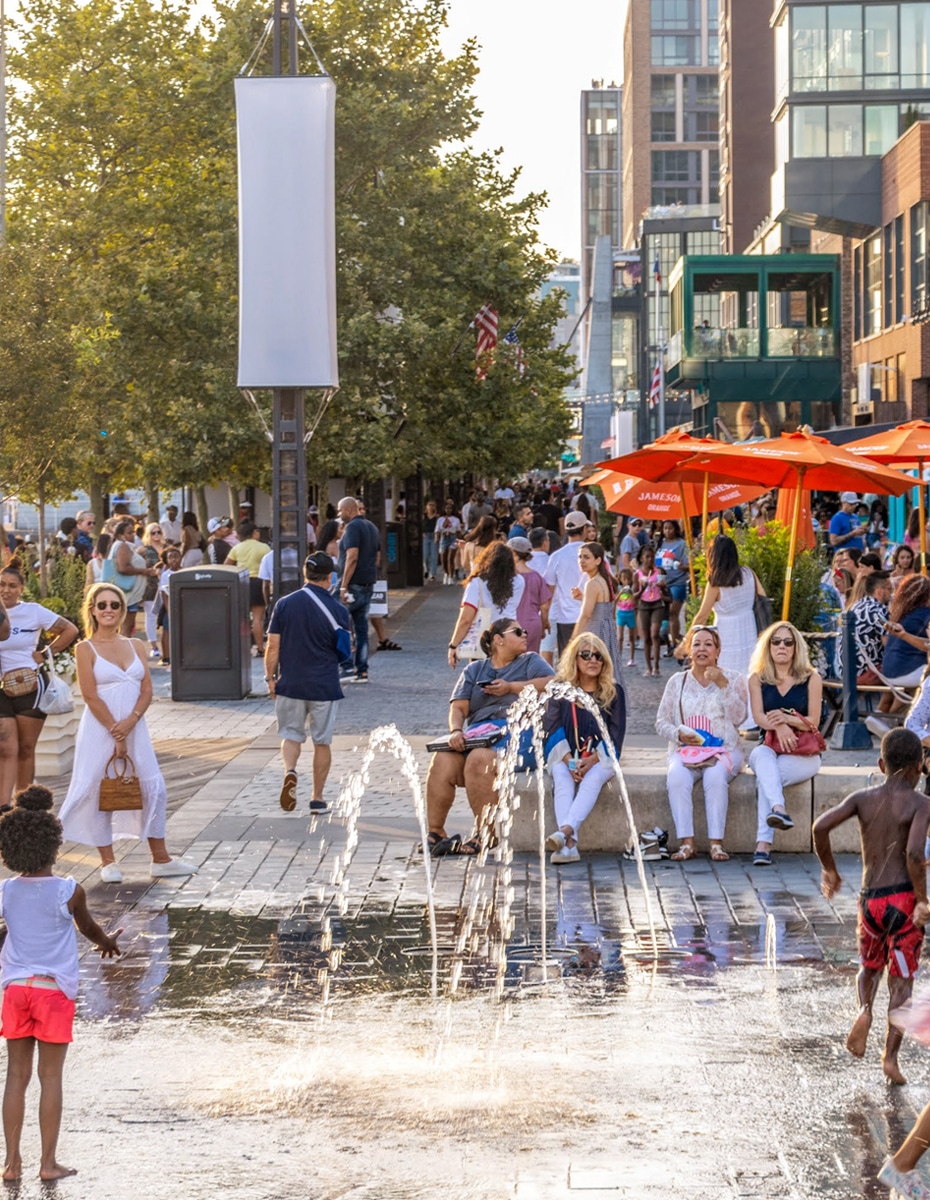Travel and tourism brands are embracing immersive technologies, as the platforms to create and participate are as inexpensive and user-friendly than ever before. Whether sparking the travel bug with virtual reality experiences or enhancing the experience of a destination with tidbits of information presented through augmented reality overlays, it’s clear that immersive technology is the future of destination marketing.
Immersed in Information
Emerging research in the travel and tourism industry indicates immersive technologies are shown to have an exponentially greater impact on increasing visitor intention than traditional media. Immersive tours let guests explore accommodations and attractions as if they were there in person. Travelers spend up to three times longer on websites when interacting with virtual tours, keeping users engaged long enough to translate to conversions — and it shows; hotels with virtual tours experience 48% more bookings. Customers research and plan transportation, accommodations, and meals well in advance, but the pursuit of information doesn’t stop once a visitor reaches their destination.
Once at a destination, immersive technology apps like Google Translate or Google Maps’ Live View mode simplify travel by aiding communication and transportation in unfamiliar places. Immersive apps also enable travelers to learn more — augmented reality tours enhance experiences with extra information in museums or can guide visitors through a hotel and it’s amenities.
Embracing the Immersive
As augmented and virtual realities develop, both technologies gain traction amongst brands and consumers alike. Augmented reality is an approachable technology, as it exists in a tool readily available to most users — smartphones. In fact, augmented reality tech has already been adopted by billions — think Snapchat’s famous face filters and the breakout success of Pokémon Go. Virtual reality — while more exclusive, as it requires the use of VR headsets — has already been adopted by 171 million users worldwide and the market is expected to grow 7.7 times by 2022. Most importantly, brands that embrace immersive technologies like augmented and virtual reality create experiences that captivate future generations. After all, if brands aren’t planning to cater to future travelers, they’re planning to be left behind.
Hungry for more? Check out Director of Destination Activation + Marketing Josh Collins’ appearance on the Actual VR podcast from Actuality VR to dive deep into the value of immersive technologies in the travel + tourism industry.
For Streetsense updates, follow us on social media or sign up for the Word on the Street newsletter.
BACK TO LATEST








